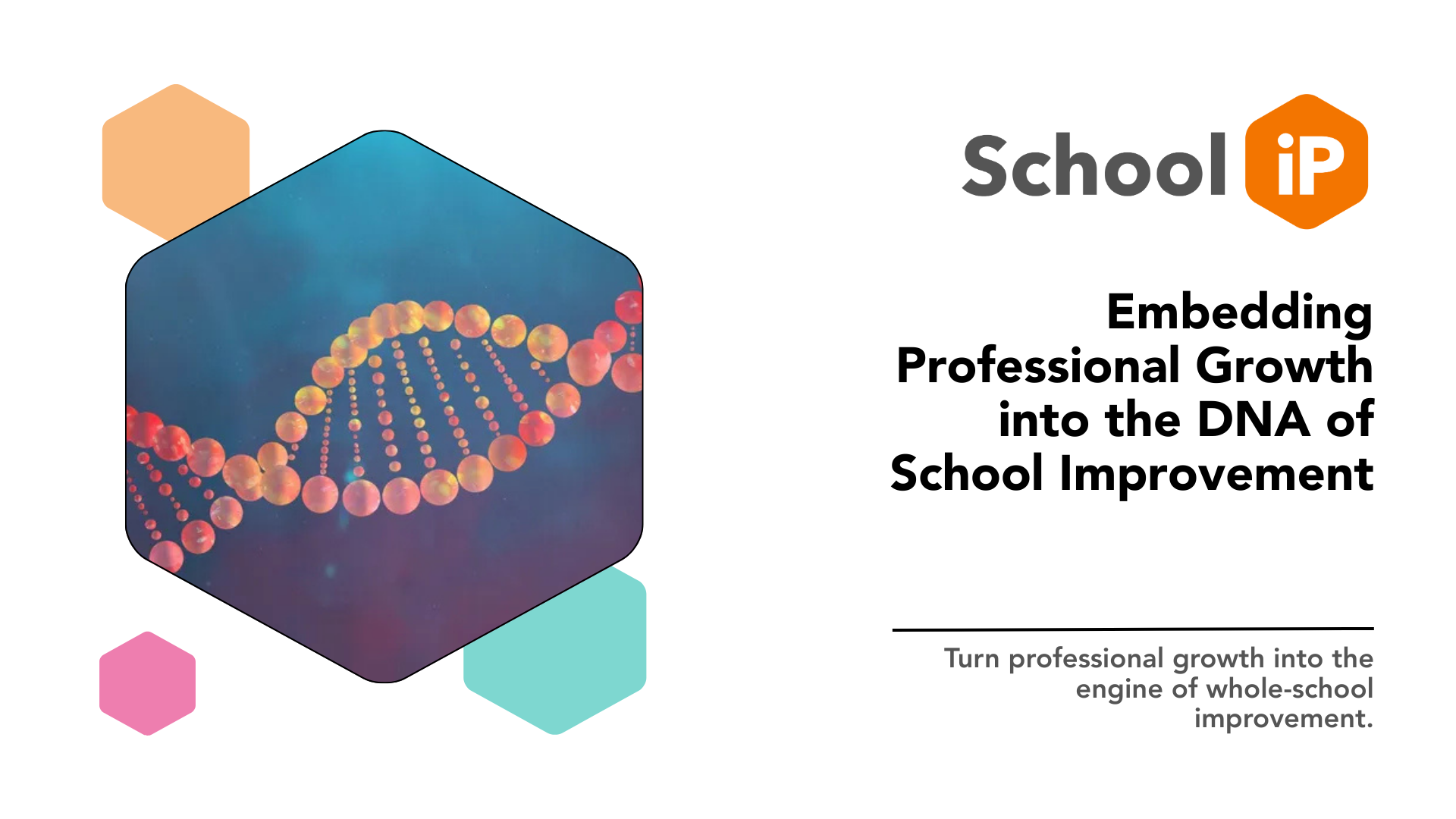Embedding Professional Growth into the DNA of School Improvement


Too often, professional development and school improvement are treated as separate conversations. But when you embed reflective practice, coaching, and teacher-led development into the culture of a school, they become one and the same.
Staff development isn’t a side initiative. It’s the engine that drives improvement across teaching quality, consistency, leadership, and pupil outcomes. And when it’s done collaboratively, not compliantly, the entire school benefits.
The shift begins by rethinking performance management. In place of imposed targets and infrequent reviews, schools are building more personalised, ongoing models of development, rooted in trust and reflection.
Rather than asking staff to perform for an appraisal, schools are creating space for them to grow.
“We’ve got to invest in our staff to be able to grow… and that’s as important as it is for some of the students’ development.”
Professional development becomes a shared process, not a directive. Teachers are supported through regular check-ins, clear feedback loops, and the flexibility to adapt their goals as their practice evolves.
One of the most powerful shifts is reframing lesson observations. When these are positioned as collaborative lesson visits, with shared reflective questions and two-way dialogue, they contribute to a much wider understanding of pedagogy and consistency across the school.
“It becomes much more collaborative… not a case of scrutiny or criticism, it’s about how we grow together.”
These insights don’t just help individual teachers, they provide leaders with a clear view of what’s working well and where support is needed. Lesson visits evolve into both learning moments and leadership tools.
The key to linking professional growth with school improvement is integration. Using a single platform like SchooliP, schools can ensure that every coaching session, target, reflection, and CPD activity feeds into wider strategic goals.
Staff can track their progress, capture successes, and adapt goals in real time. Leaders gain visibility across teams, allowing them to support more effectively and identify common themes that drive whole-school planning.
“All of the pieces of the puzzle really come together in a nice way.”
When development is structured and aligned, it becomes more than just CPD, it becomes school improvement in action.
This isn’t a quick fix. Shifting culture takes time, consistency, and leadership at every level. But the impact is lasting. When professional growth is embedded into the daily rhythm of school life, staff feel valued, trusted, and supported to improve.
“We’re probably about three or four years into it… but we’re seeing real change.”
The result? A school where development isn’t something that happens to teachers, it’s something they lead, contribute to, and align with the school’s broader mission.